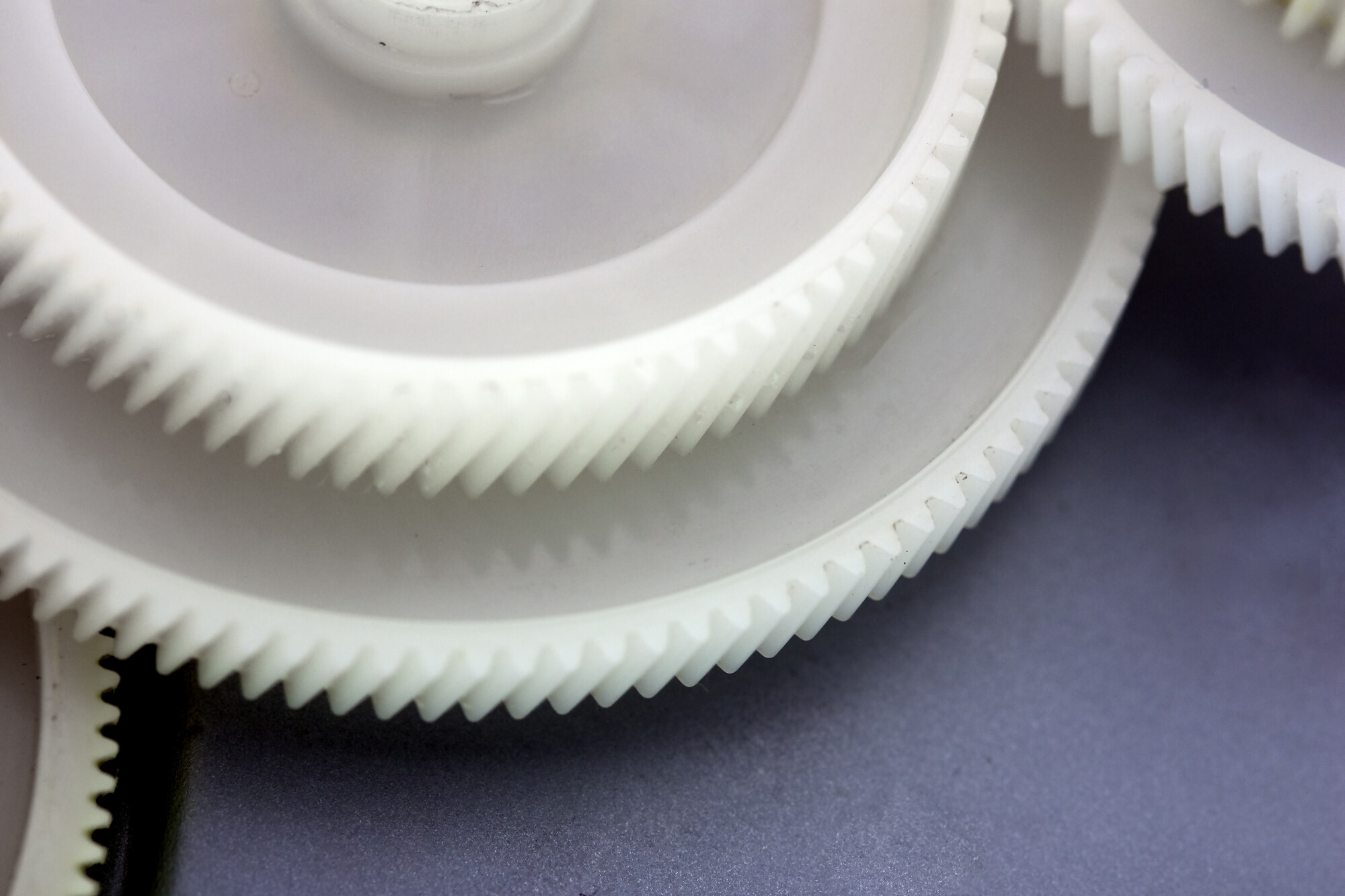
Considerations When Using Plastic Gears
Have you heard of plastic gears used as engineering materials but aren’t sure how to use them? Perhaps this material is still new to you.
It is a smart decision to be well-informed about plastic gears and how to use them. Being well-informed is key when dabbling in new technology to avoid regret in the future.
We understand that learning new material can be difficult, and that’s why we are here to help. Keep reading to learn more about what plastic gears are and how they work.
Types of Plastic Gears
When using plastic materials for a quality application, you must consider some factors. The type of material used is a major factor. This is because different types of plastic have different properties.
They will also behave differently in different conditions. Also, different grades of plastic can have different load capacities, wear resistance, and lubrication requirements.
Don’t forget to take into account the design of the gear teeth. Different types of plastic gears such as spur gears, helical gears, and bevel gears are available with different tooth forms suited to various engineering applications.
Strategies for Effective Maintenance
You must schedule regular inspections and maintenance of the machinery to stay effective. In addition to basic cleaning, you need to perform necessary adjustments ahead of schedule.
Doing so will ensure that the plastic gears are aligned correctly. Also, this ensures an accurate rotation of the gears. It’s also important to replace plastic gears when they’ve worn out to ensure that the system runs smoothly.
Assessing Mechanical Load Requirements
When assessing mechanical load requirements for plastic gearing, the material properties of plastic must be considered in the gear calculation process. This ensures the gears will be able to withstand the load. If the load exceeds the capacity of the plastic, the gears will distort, causing them to fail prematurely.
It is also important to assess the level of precision required for the plastic gears. This is because inaccuracies in this area can reduce the efficiency of the gear train. Furthermore, analyze the gear profile to make sure there are no areas of high stress in the design which can result in gear failure.
Impact of Corrosion on Wet or Humid Environments
You must think about the impact of corrosion when using plastic materials. Corrosion can result in severe damage to the plastic gear, decreasing its life even further. In order to battle corrosion, components should be treated with a protective coating such as zinc plating or enamel.
The environment where the gear will be operating should also be considered. This is because some plastics may produce electrostatic charges or corrode in humid conditions.
Consider These Things Before Using Plastic Gears as Engineering Materials
Regardless of the application, it is essential to work with reliable engineering materials. Also, you have to find trusted manufacturers to ensure longevity and performance.
Furthermore, by analyzing the advantages and drawbacks of plastic gears, we can make informed decisions on whether or not to use plastic gears in any given application.
Considerations such as the requirements of the environment and the cost of the system should all be examined when utilizing plastic gears. Utilizing plastic gears can lead to cost-effective, robust designs and improved efficiency.
Found this article useful? Keep scrolling to check out more of our amazing content.
